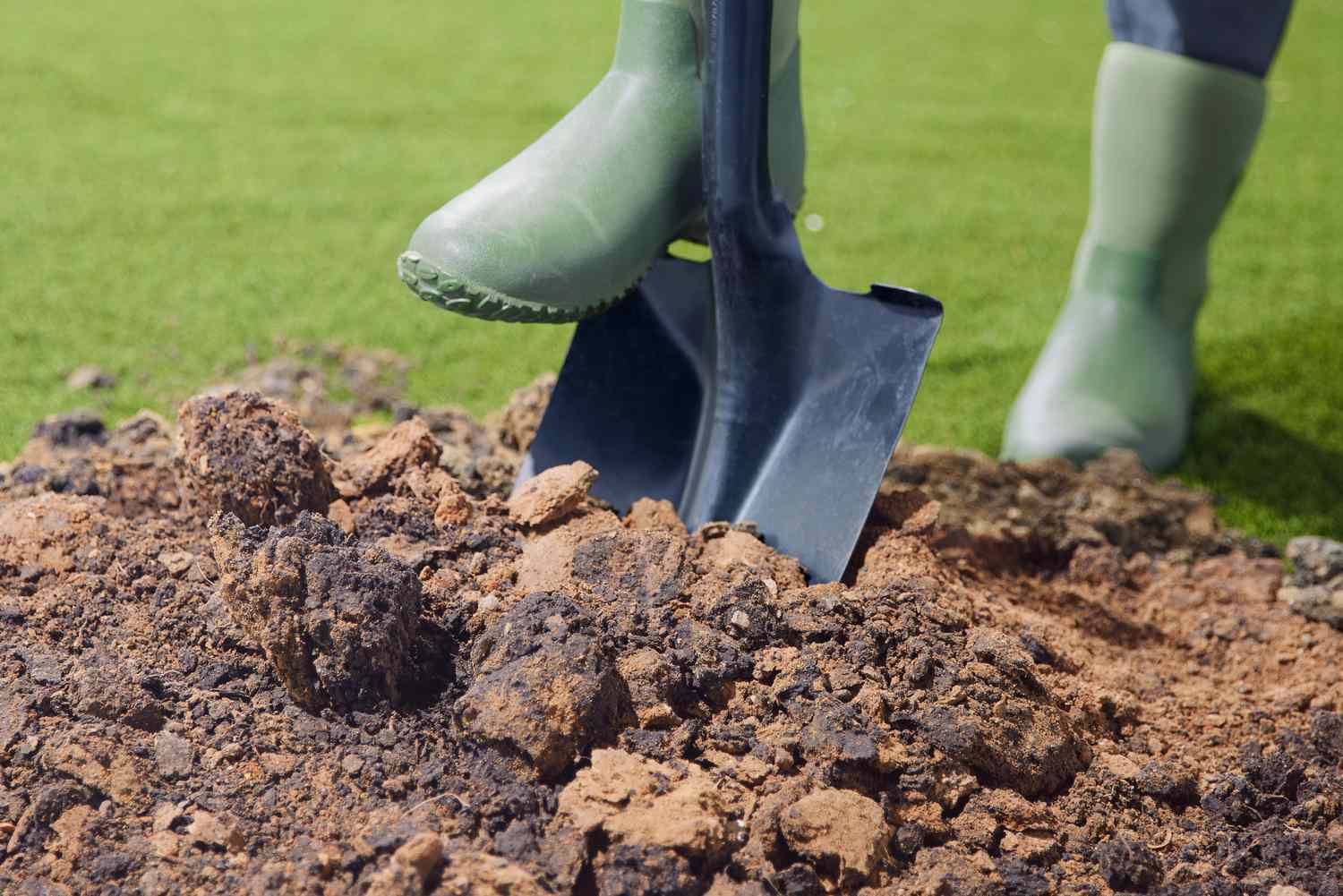
Go yard or go gnome: How to Improve Clay Soil for Gardening
As any green-thumbed enthusiast knows, having the right soil is crucial for a thriving garden. But what if your soil is more clay than compost? Don’t worry, we’ve got you covered. With a few simple tweaks and some expert advice, you can turn that heavy clay into a fertile oasis. So, grab your gardening gloves and let’s get started.
The Importance of Soil Type
Before we dive into the how-to, it’s essential to understand the different types of soil. Clay soil, in particular, can be quite challenging to work with. As Paul-Hervey Brookes, a landscape gardener, explains, “If the soil remains in a tight ball and is an orange-brown color, you have quite heavy clay soil. This tends to stay wet in winter and bake hard in the summer.”
1. Add Organic Matter
The simplest way to improve clay soil is to incorporate bulky organic matter such as compost or farmyard manure. This will not only improve soil fertility but also aeration, drainage, and moisture retention. Julian Palphramand, head of plants at British Garden Centres, recommends adding some sand and grit to the mix as well.
2. Mulching
Mulching with bark chips or a thick layer of straw or grass clippings can be very beneficial. This method is especially useful when combined with other techniques. As Jekka McVicar VMH of Jekka’s Herb Farm notes, “Mulching helps to break up the clay particles, improves drainage, and prevents the soil from cracking.”
3. Grow Green Manure
Growing green manure is an excellent way to improve clay soil. This method involves planting crops that will add nutrients and organic matter to the soil. You can purchase green manure seeds from a reputable supplier like greenmanure.co.uk.
4. Use a Clay Breaker
Commercially available clay breakers can be a game-changer for heavy clay soils. These products typically contain horticultural gypsum, which helps to break up the heavy clay particles. However, it’s essential to follow the manufacturer’s instructions carefully.
5. Plant Potatoes, Turnips, or Beetroot
Believe it or not, plants with tuberous roots like potatoes, turnips, and beetroot can help to improve clay soil. As these plants grow, their large roots will break up the clay, making it easier to work with.
6. Fertilize with Wood Ash
Wood ash is an excellent natural fertilizer that can help to improve clay soil. It’s high in potassium, phosphorus, and magnesium, making it an excellent addition to your garden. However, be sure to use it in moderation, as excessive wood ash can harm your plants.
7. Break Up the Soil with Grit
Digging in some horticultural grit can help to improve drainage and break up the heavy clay particles. Jekka McVicar VMH recommends using a product like Westland’s Potting Grit from Amazon.
 This article was written with the aid of LawnamentsNews’s A.I. - find out more about ourwriting bot.
This article was written with the aid of LawnamentsNews’s A.I. - find out more about ourwriting bot.














